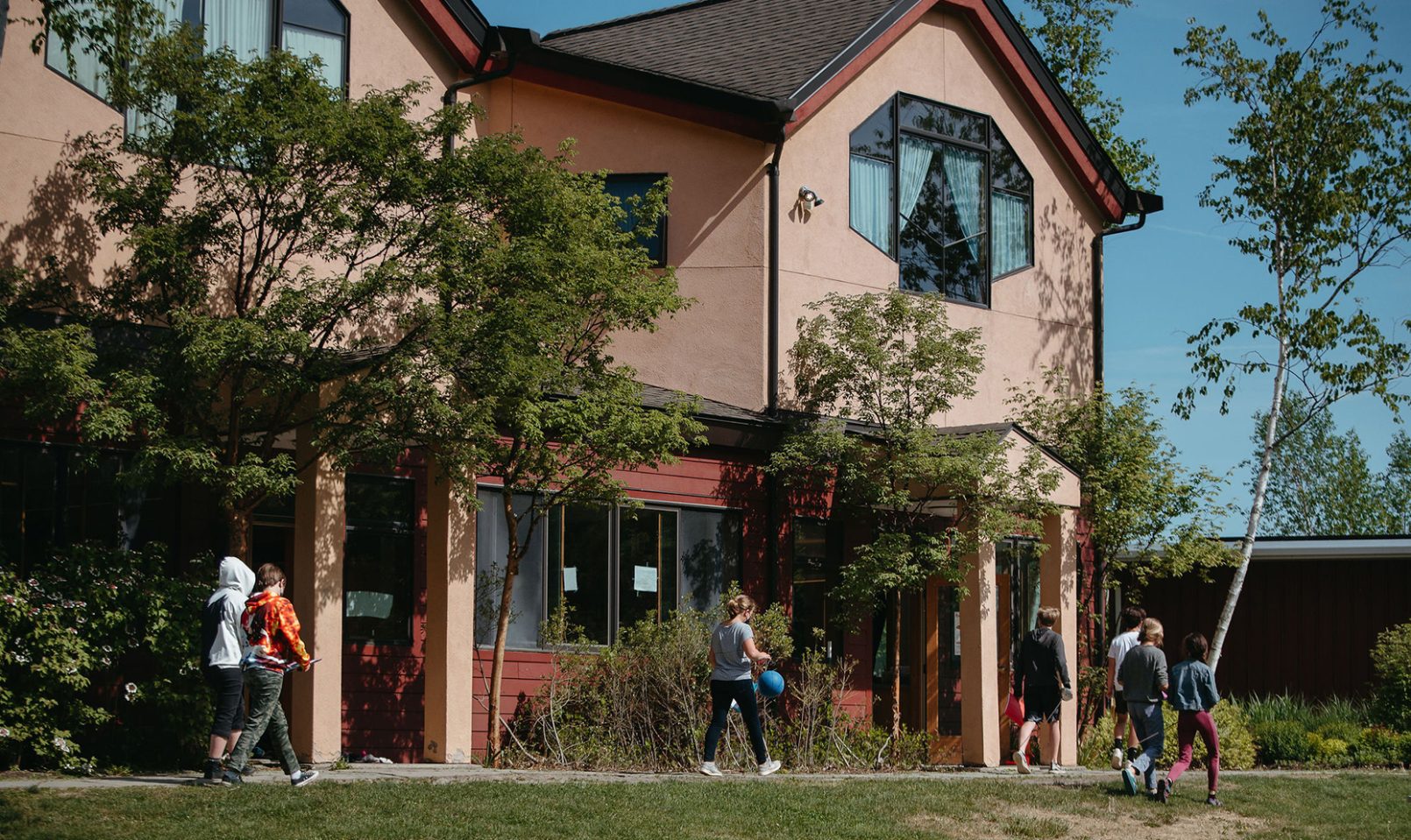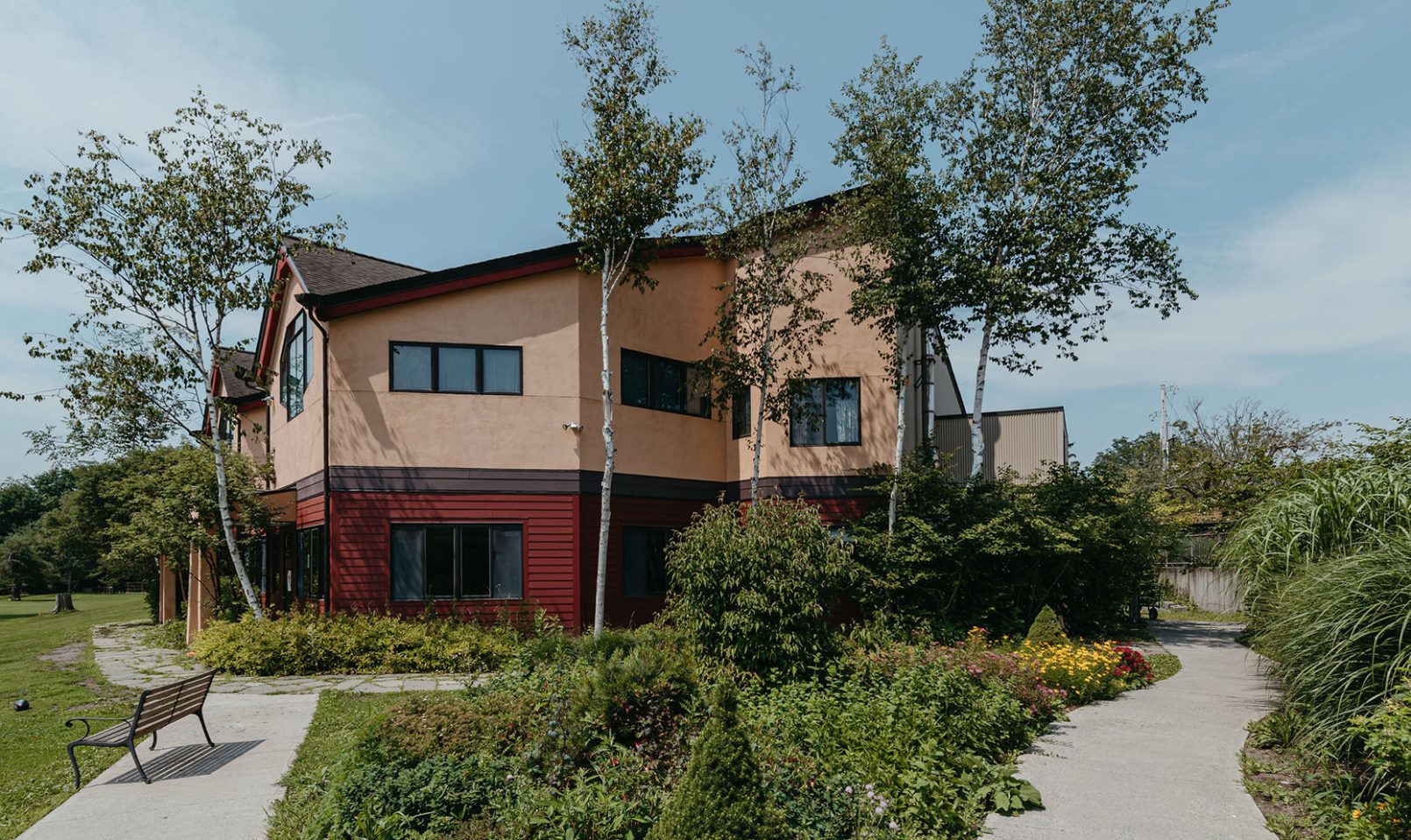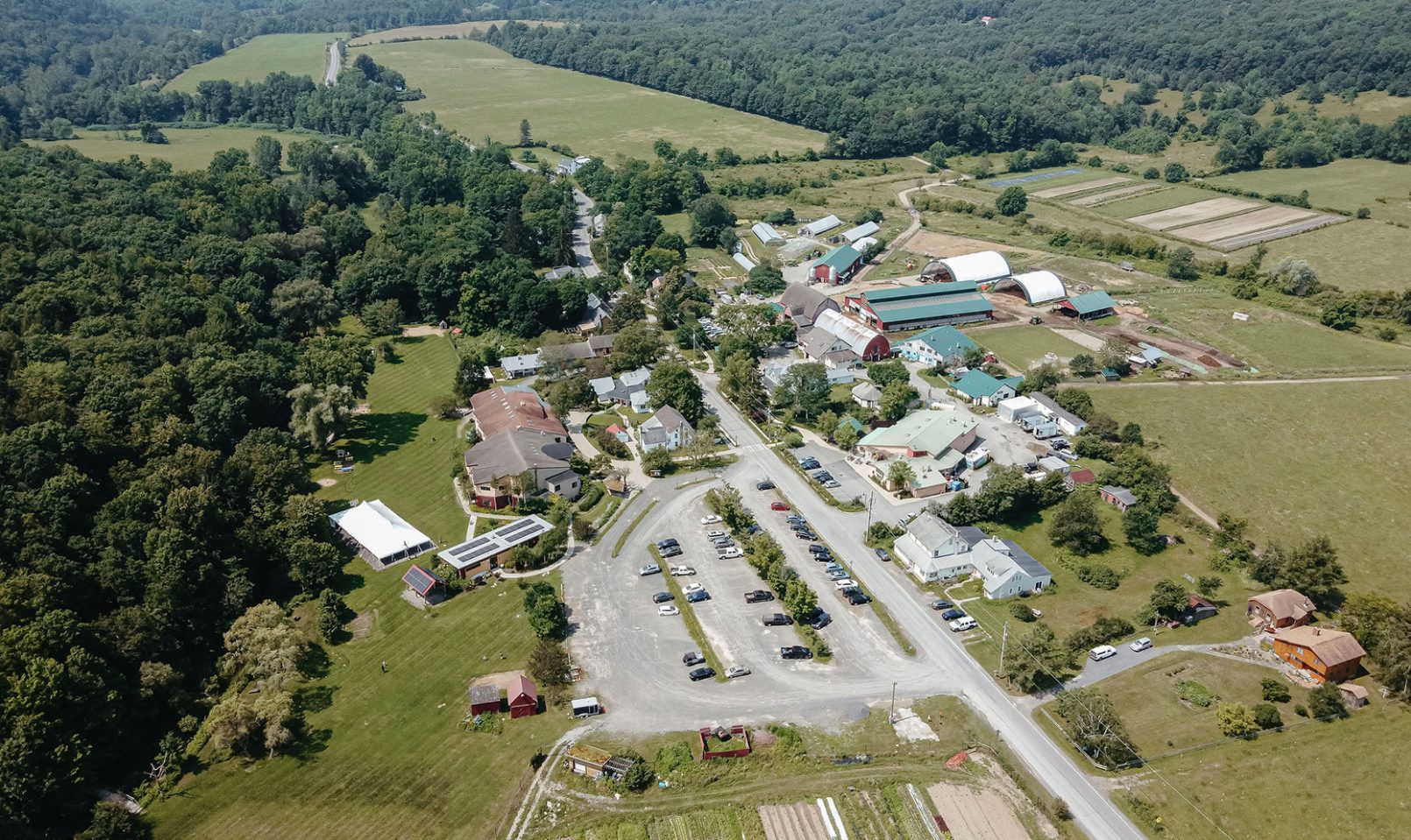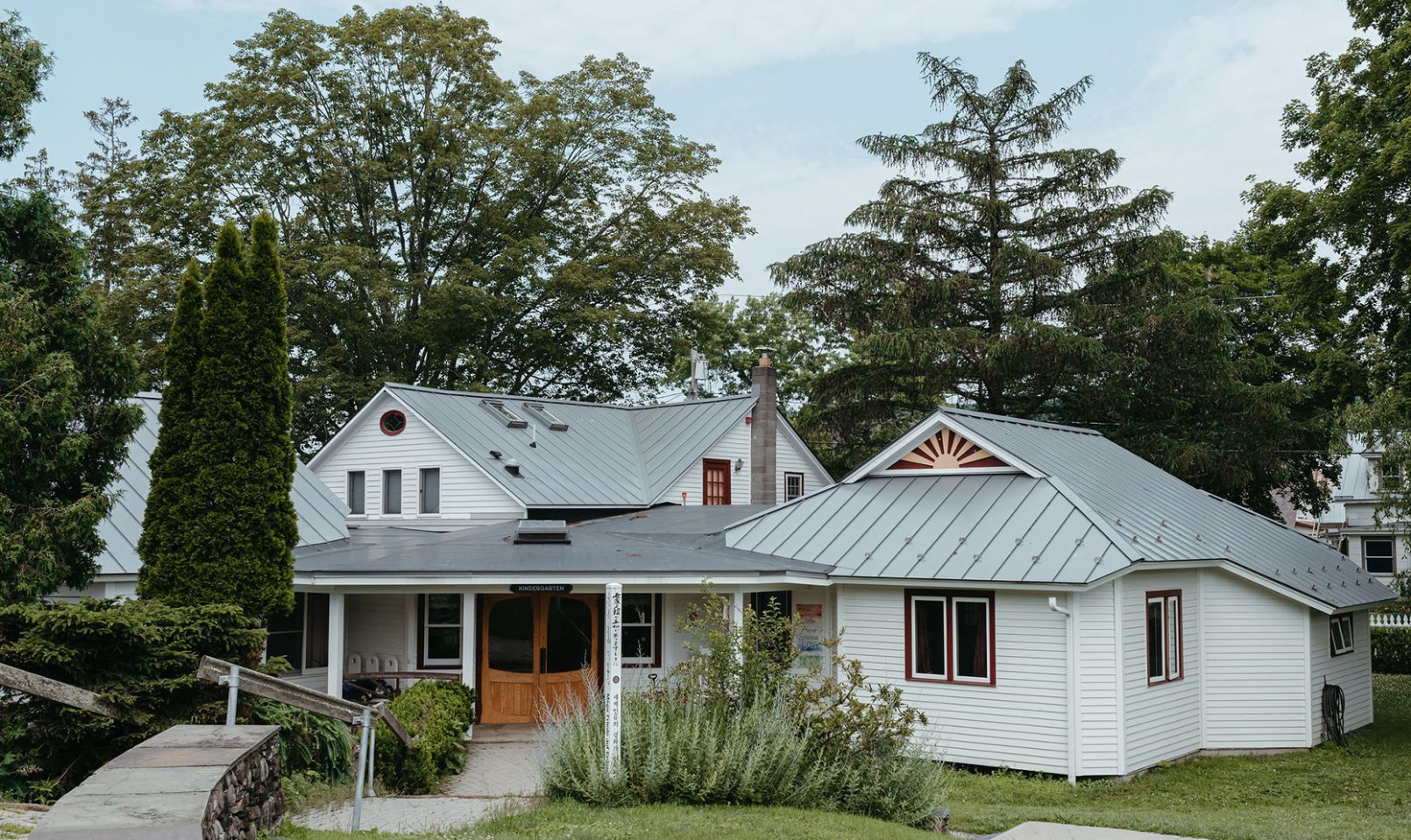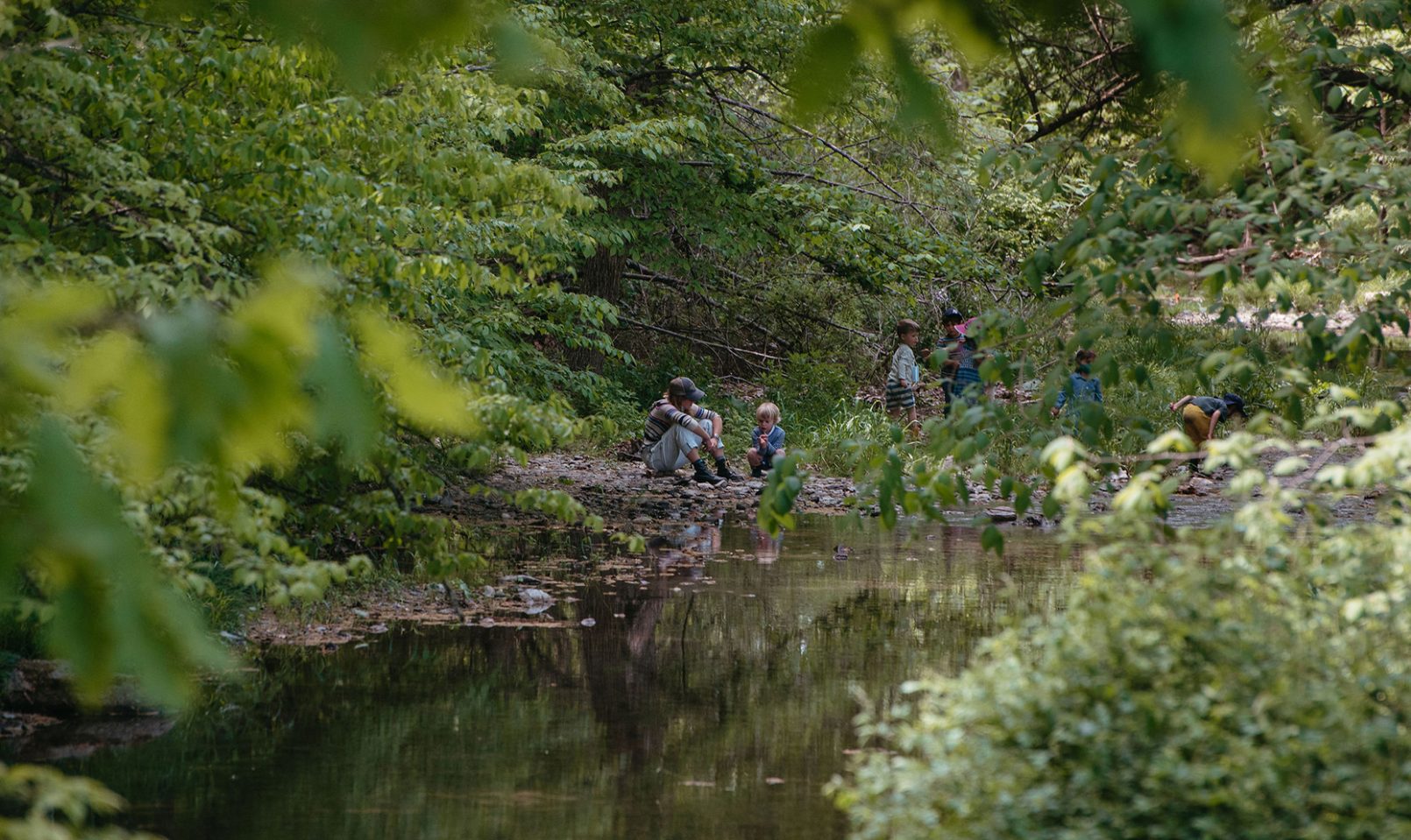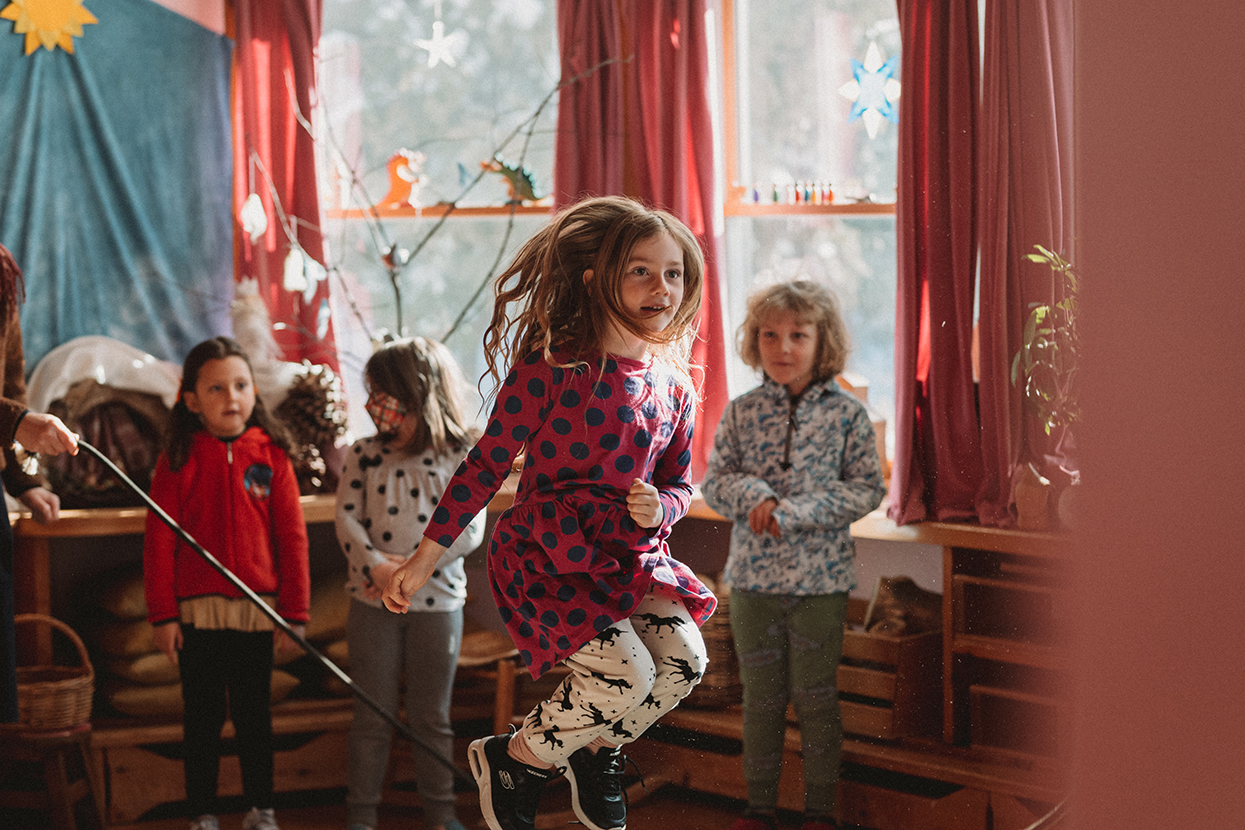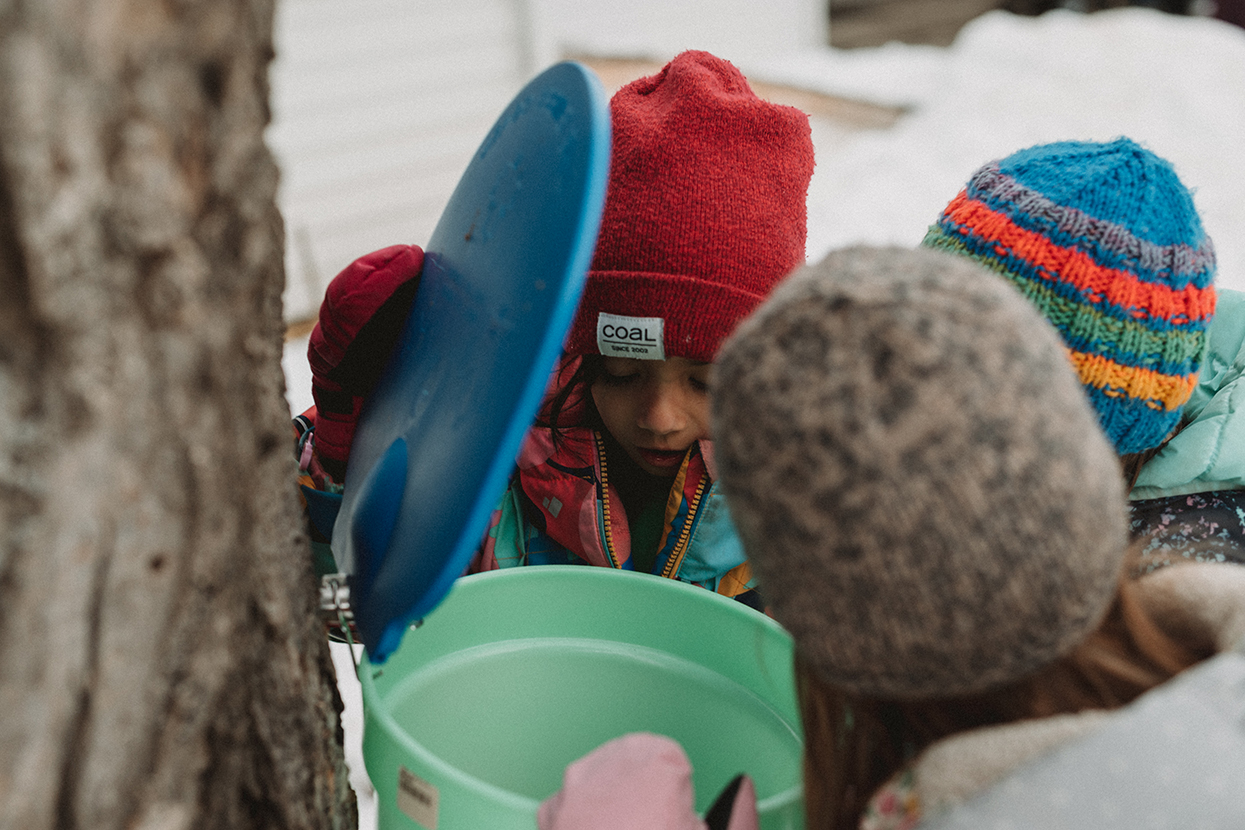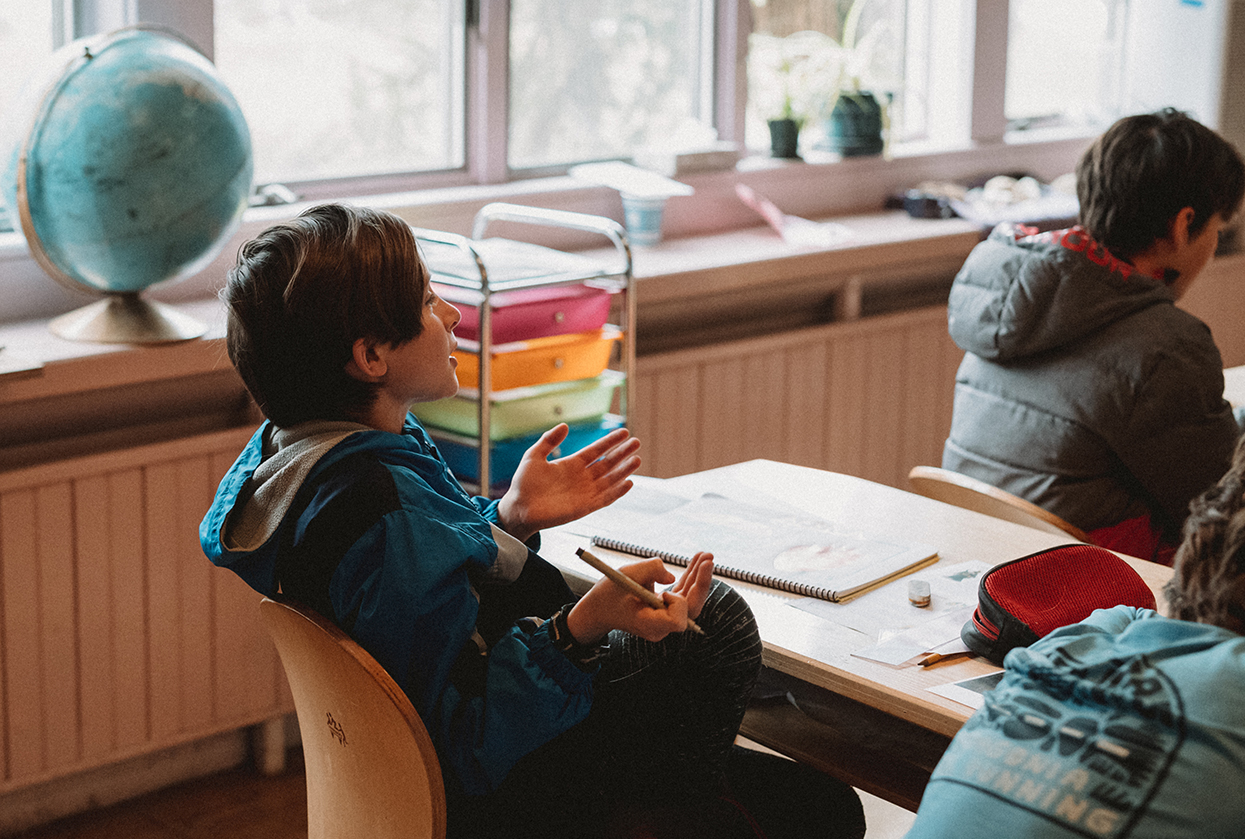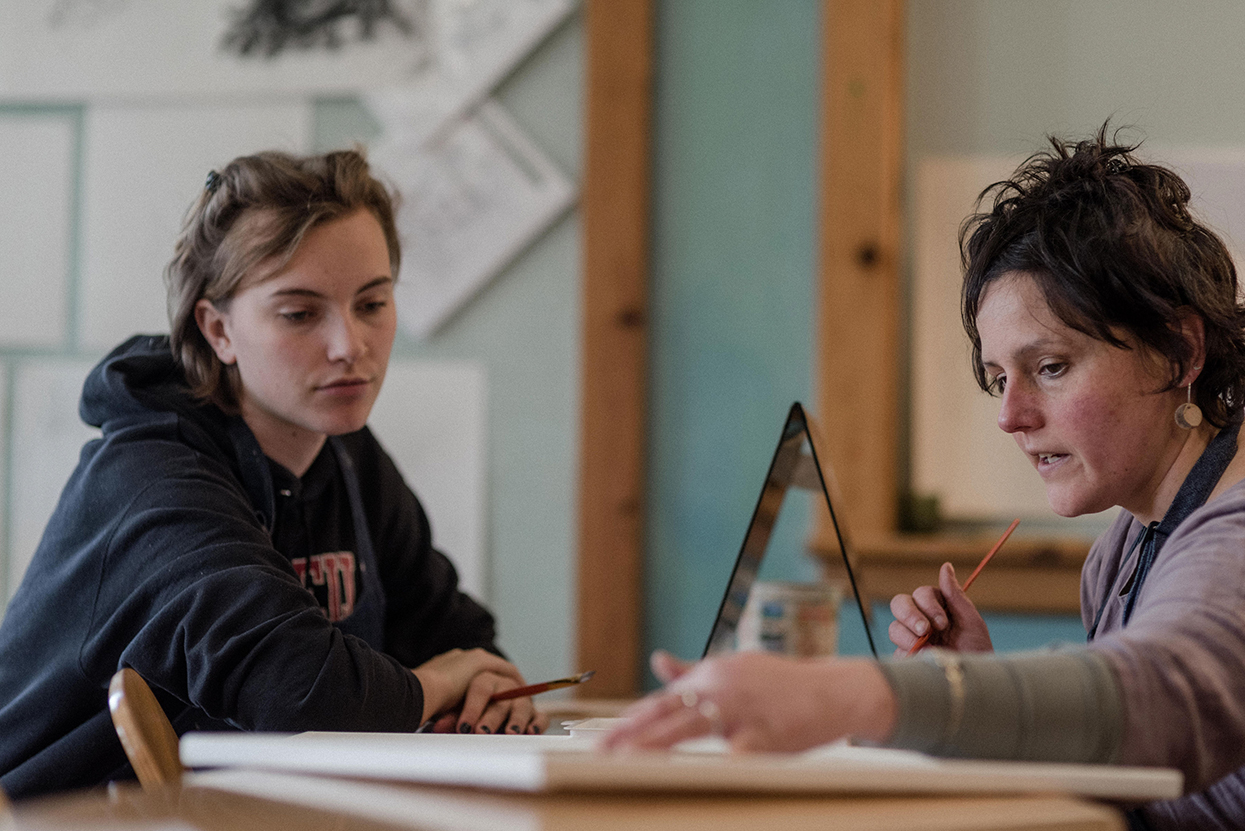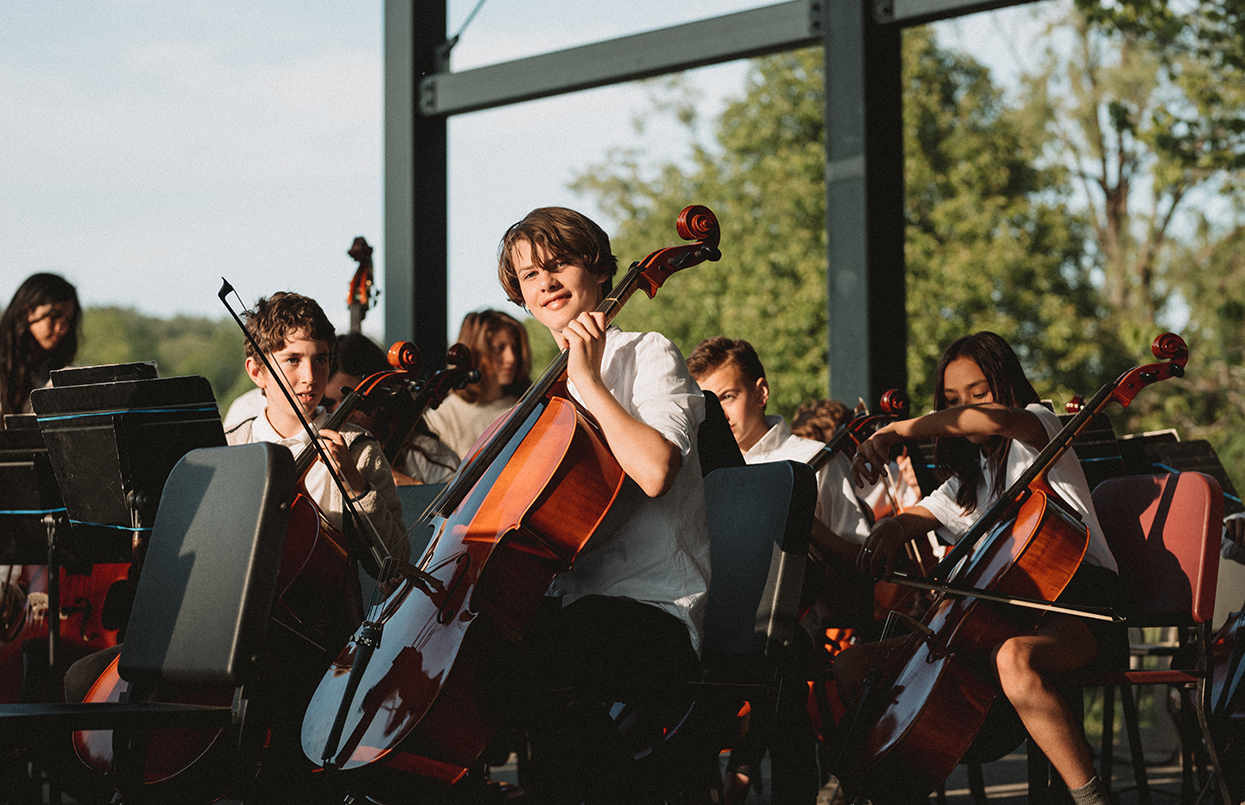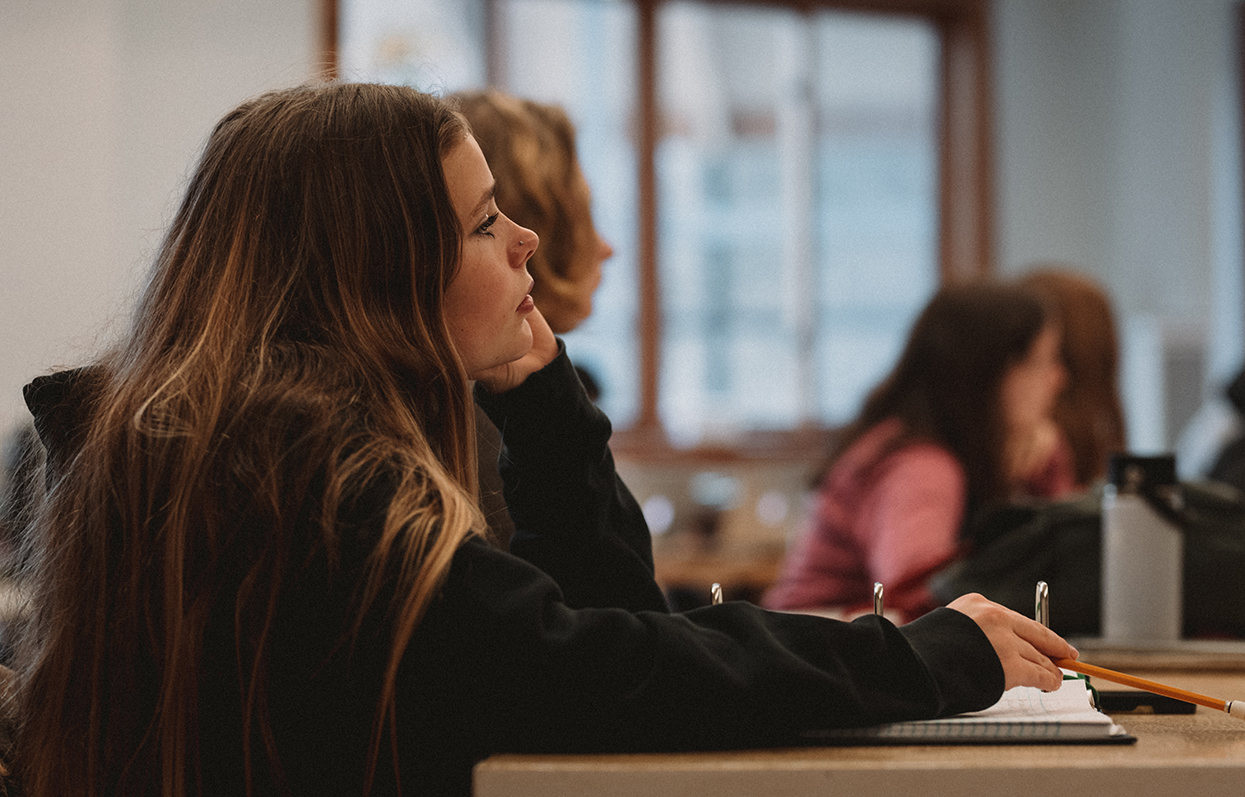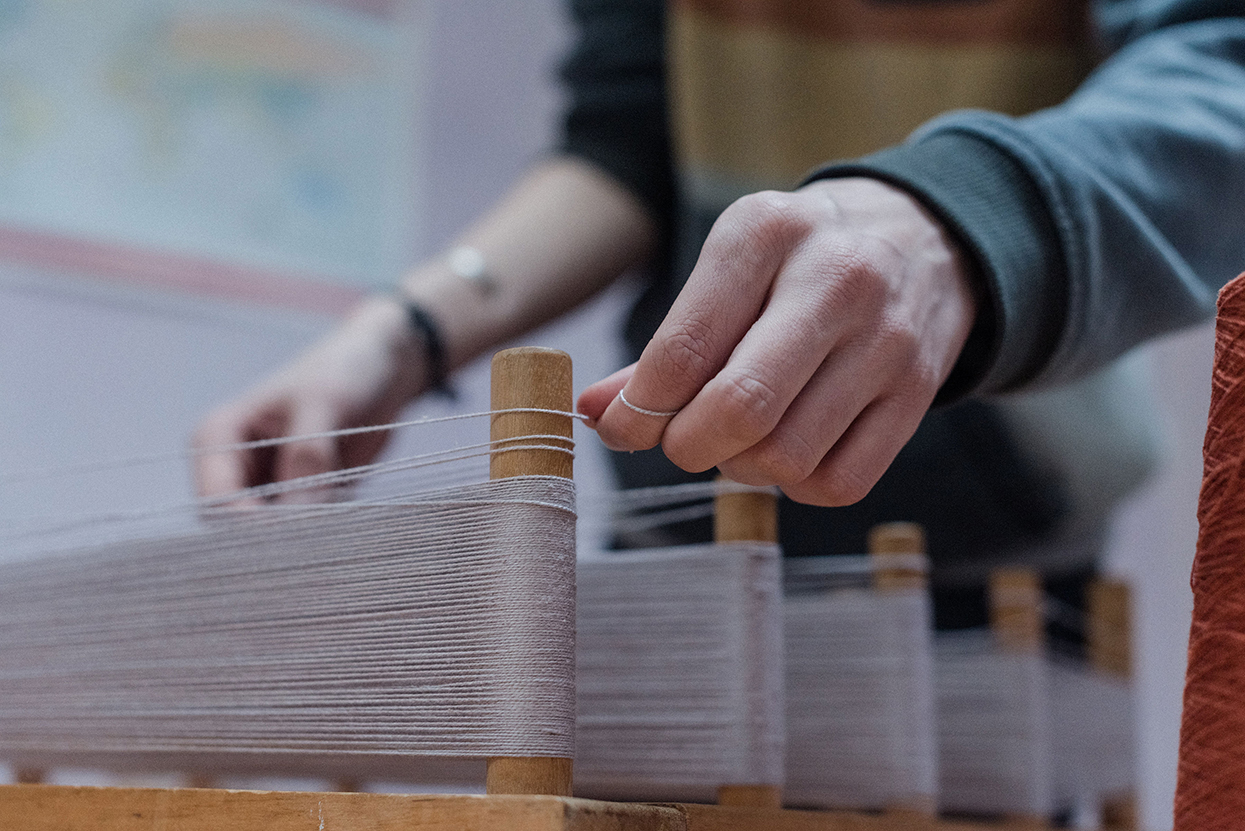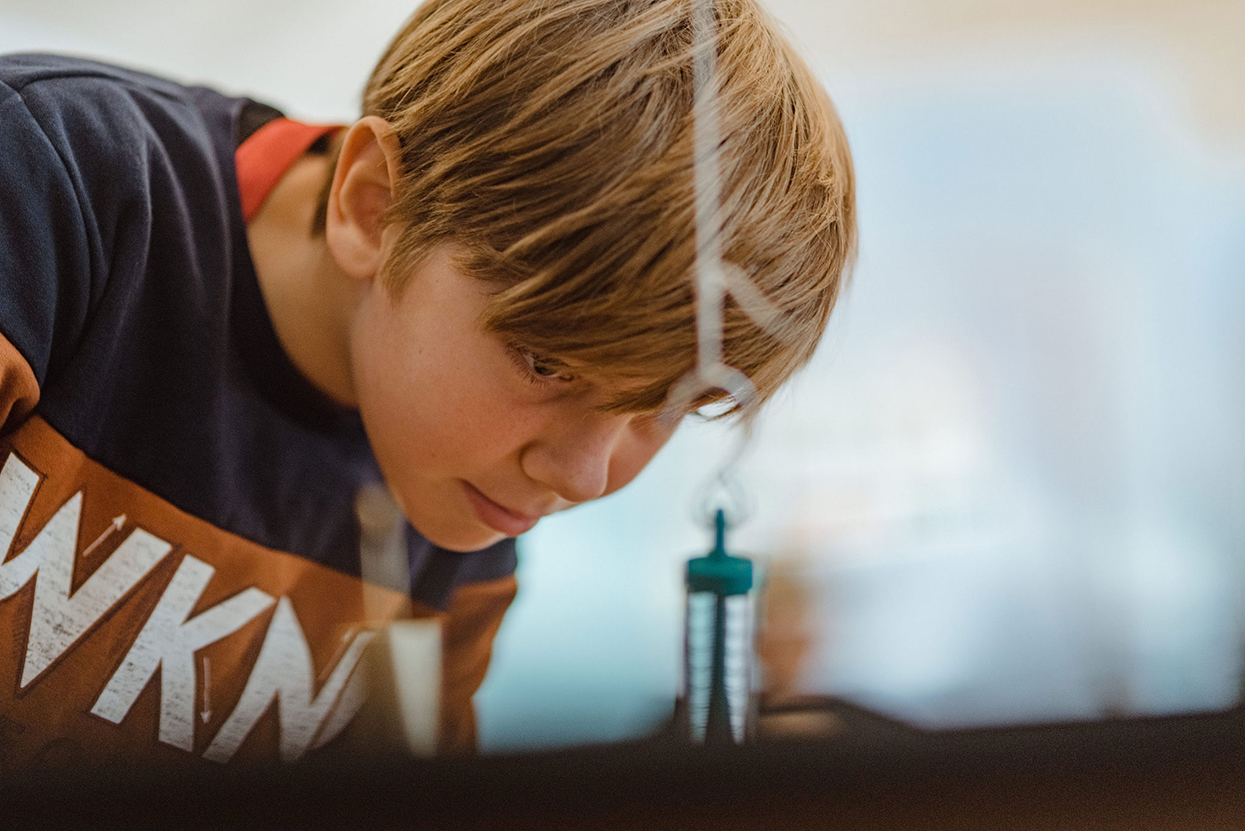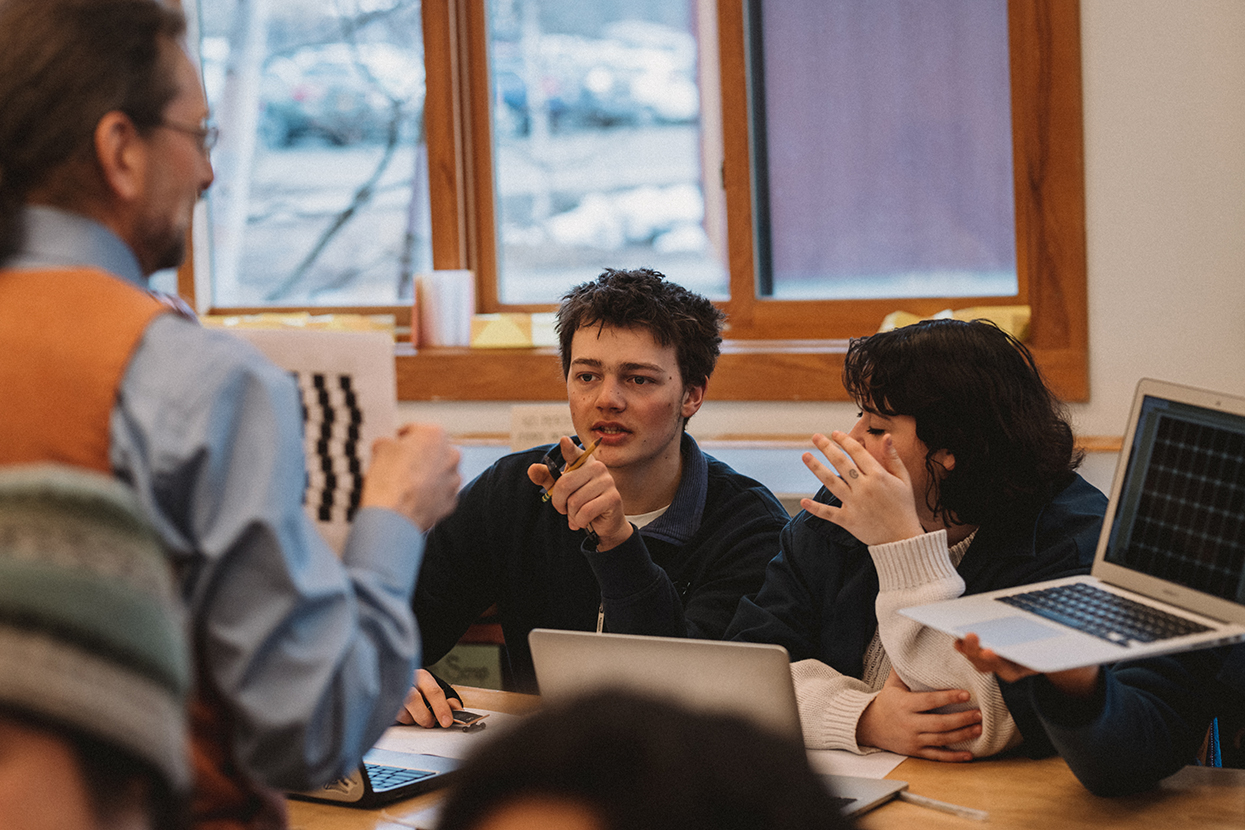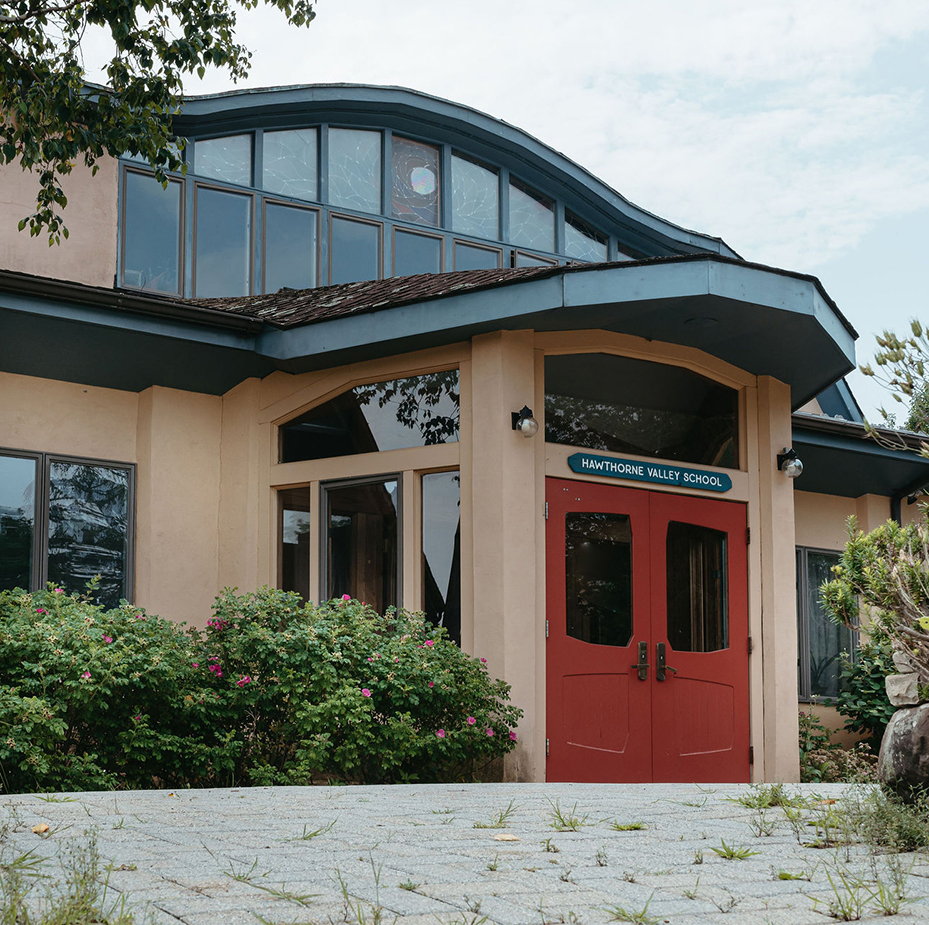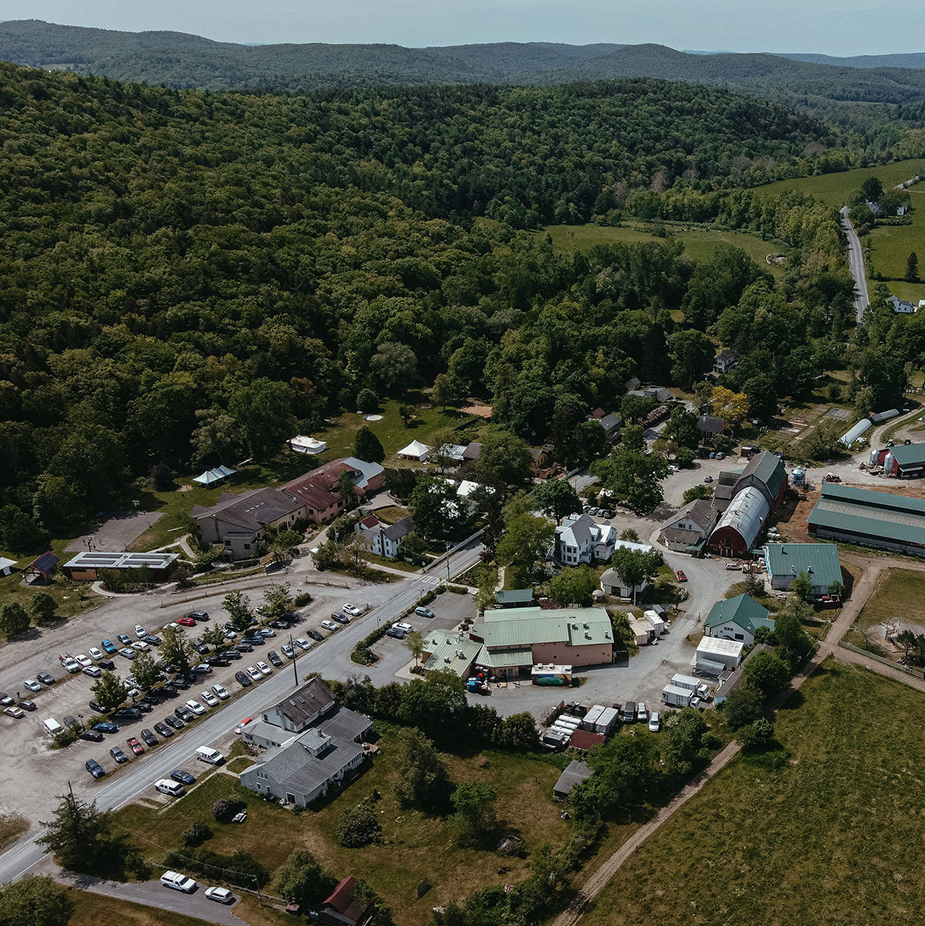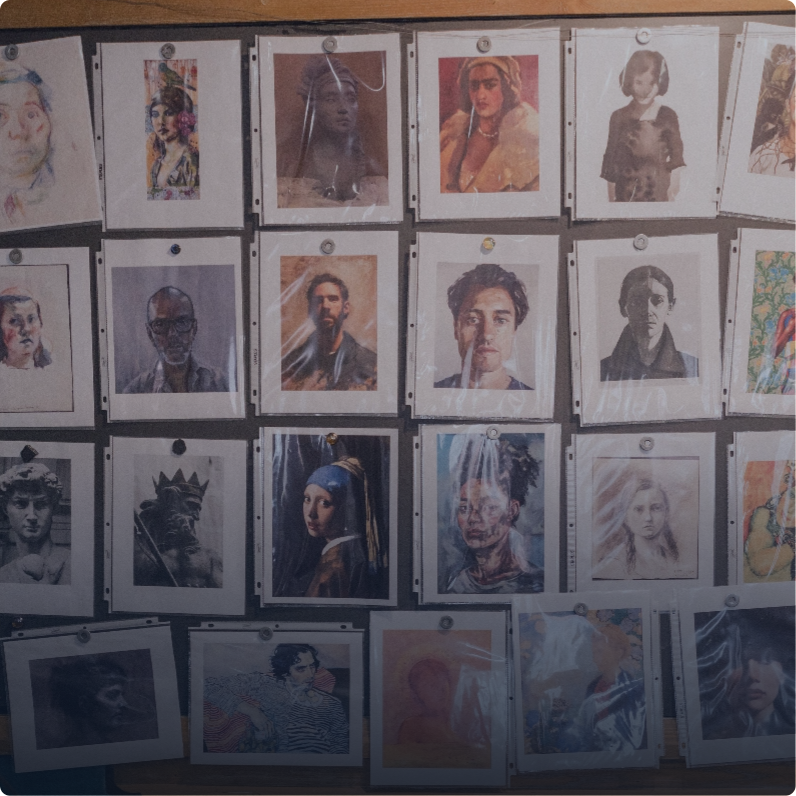Overview
Students experience a living, breathing education that supports academic inquiry and deep learning.
305
number of students
8:1
student-teacher ratio
1:1
college guidance support
50
years of building community
Welcome
Contact AdmissionsWarmest greetings from Hawthorne Valley Waldorf School. Thank you for your interest in our school – we look forward to helping you through the application process.
Whether you are the parent of a young child looking for a kindergarten where creative play is the true “work” of childhood, or a high school student interested in engaging with your curriculum in new and stimulating ways, Hawthorne Valley Waldorf School is here for you.
Please let us know if we can answer any questions or help you in any way, and please contact us to schedule a time to talk and schedule a tour.
We look forward to meeting you, and sharing more about our school with you!
Sincerely,
The Admissions Team
518-672-7092 x 111
Our Curriculum
We are committed to experential education which inspires students to actively engage in their learning.
Boarding and Exchange Students
Our High School has a rich student exchange program. Tenth and eleventh graders have the opportunity to experience Waldorf education—from three months to one year—in other countries, including Germany, Austria, Switzerland, France, Denmark, Croatia, South Africa, Spain, Argentina, Peru, Colombia, Japan, Scotland, Australia, and New Zealand. By participating in this program, Hawthorne Valley students not only develop fluency in another language but also gain direct experience of another culture. Students who currently attend a Waldorf high school in another country may send a letter of intention and request an opportunity for exchange with a student from Hawthorne Valley. These are true exchanges with the students and families partnering in their exchange experience. For more information about our student exchange program, please contact our Program Coordinator, Eileen Lee.
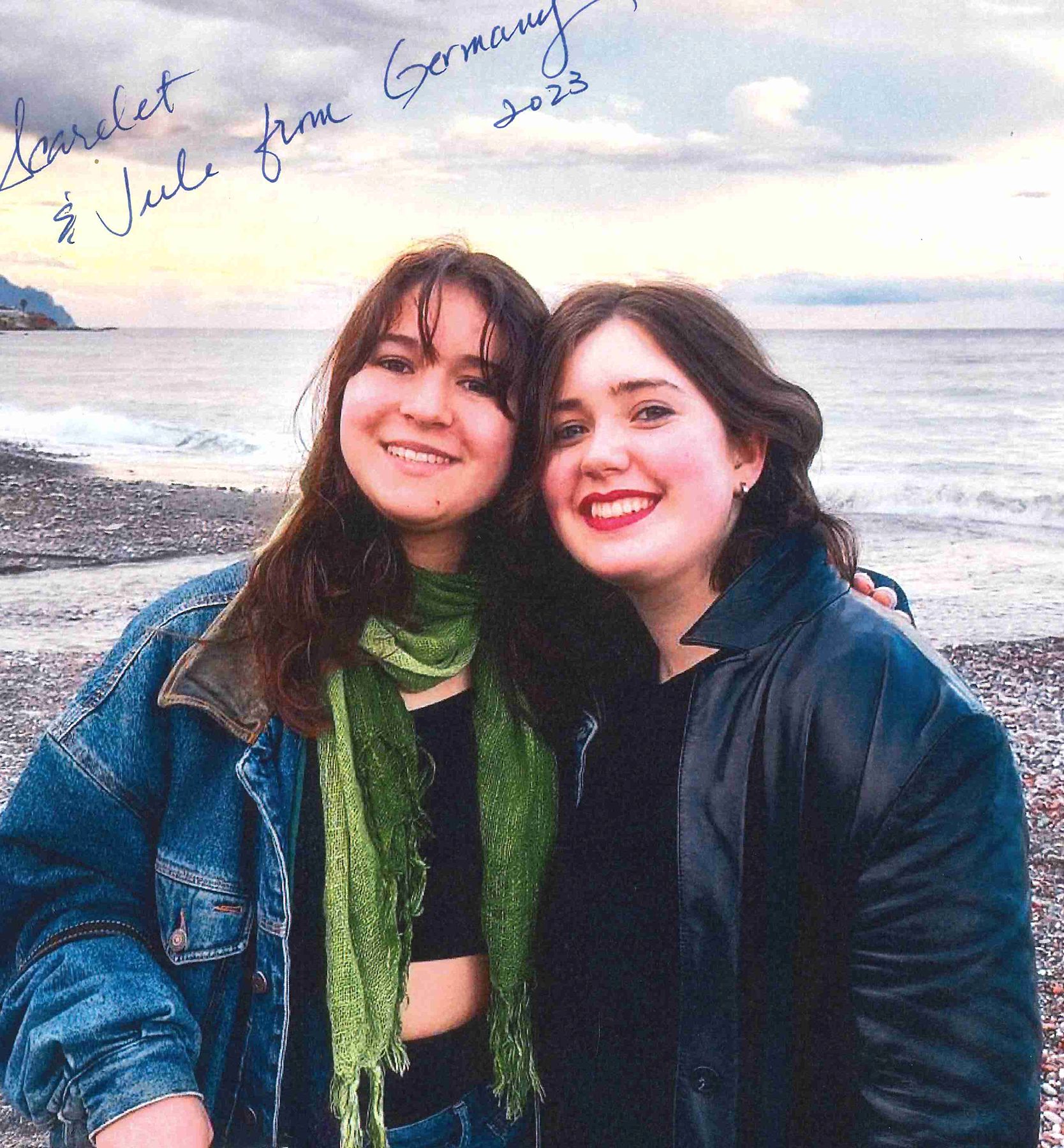
Admissions Events
All are invited to attend and learn…
Admissions FAQs
What is the school’s mission or educational philosophy?
Hawthorne Valley Waldorf School offers an experience-based education rooted in a traditional Waldorf curriculum that is enriched by outdoor opportunities provided by our farm, forest trails, and extensive outdoor campus. We honor each phase of child development with programming intentionally designed to meet each grade’s needs. Our pedagogy does not rush through childhood but seeks with intention to engage students in the world by encouraging them to open their senses and take in their surroundings, fostering a sense of curiosity and an experience of reverence for the beauty, truth and goodness inherent in our world. Our school integrates artistic and practical learning experiences into our academics with an understanding that by engaging the head, heart, and hands of our students, we better cultivate their human capacities for clear thinking, creative collaboration, and meaningful work in the world. Our teachers support students to become more balanced and to develop a sense of belonging necessary to allow them to flourish academically. We value and promote diversity, equity, and inclusion at our school, as hallmarks of an ethical society and as integral to sound learning.
What are the first steps in the Admissions process?
We encourage all interested families to reach out by phone (518) 672-7092 x 111, or email to speak with an Admissions staff member, and to register for a tour. Tours are given on Mondays and Fridays at 9:30 AM and 1:00 PM. Those interested in applying can also begin the process by creating an account in Blackbaud and completing the online application form. After an application has been submitted, along with any other pertinent forms, an Admissions staff member will reach out to you to answer any questions, schedule a tour if you haven’t visited already, set up a class visit for your child (Grades 2-12), then arrange for a meeting with the class teacher.
Does the school offer any financial assistance for tuition?
Yes. We are committed to socio-economic diversity at Hawthorne Valley Waldorf School. We strive to keep our school accessible to any family seeking a Waldorf education for their child. We offer an adjusted tuition based on common criteria including family income, assets, expenses, and any particular individual circumstances to assess need. The Tuition Adjustment (TA) application form is a separate Blackbaud account, different from the parent portal and admissions website. Please be aware that eligible applicants for Grades 1 through 12 are expected to meet a minimum 35% of the tuition costs while applicants for Nursery and Kindergarten have a flat minimum fee of $6,500.
Is the school accredited, and if so, by what accrediting agency?
Hawthorne Valley Waldorf School is accredited by both the New York State Association of Independent Schools (NYSAIS) and the Association of Waldorf Schools of North American (AWSNA). Our most recent accreditation review, with both agencies, was completed and approved in June 2023 and is valid for a ten-year period.

